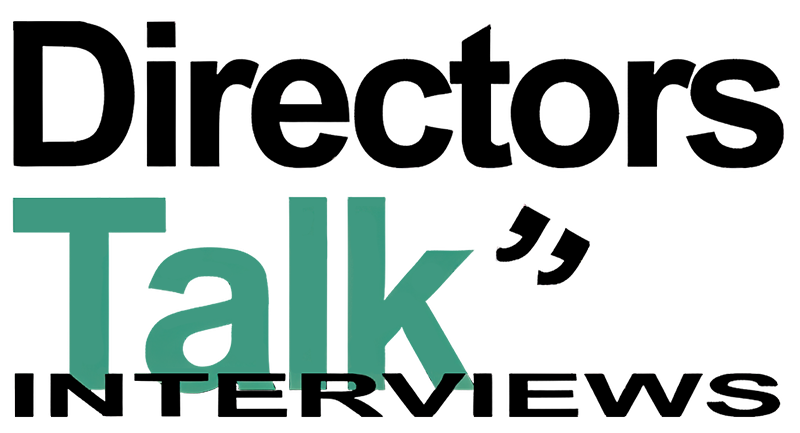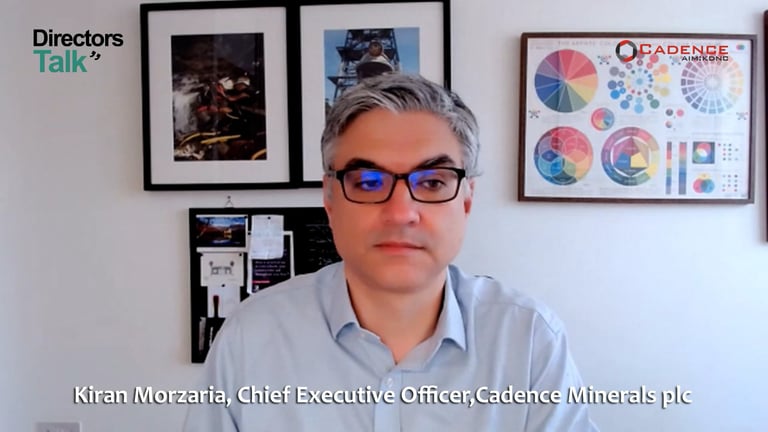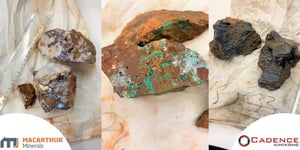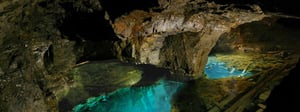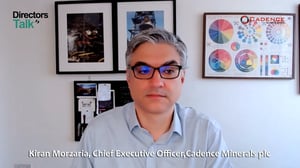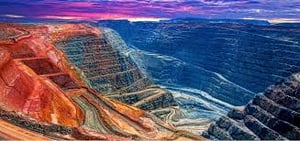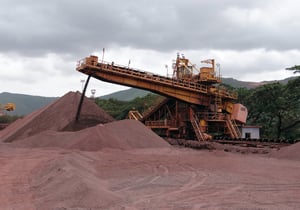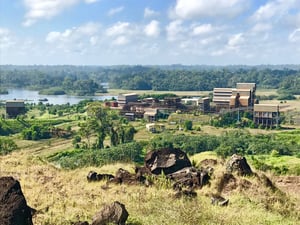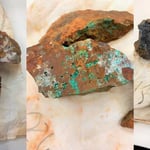Cadence Minerals plc (LON:KDNC) is dedicated to smart investments for a greener world. The planet needs rechargeable batteries on a global scale – upcoming supersized passenger vehicles, lorries and buses – require lithium and other technology minerals to power their cells. Cadence is helping find these minerals in new places and extracting them in new ways, which will meet the demand of this burgeoning market. With over £35 million vested in key assets globally, Cadence is helping us reach tomorrow, today.

Projects
CINOVEC LITHIUM
MACARTHUR MINERALS PROJECTS
AMAPÁ IRON ORE MINE
SONORA LITHIUM
SAN LUIS LITHIUM PROJECT
YANGIBANA RARE EARTH PROJECT
The Vision
Cadence is a unique early investment strategy & development firm, within the mineral resource sector. We identify undervalued assets, with irreplacable strategic advantages. We invest in them and help turn them into powerhouses. Lithium and other technology minerals must get to market in order to achieve the global green revolution. We uncover new ways and places to extract and process these minerals, so that burgeoning demand is met; and our tomorrow is better.
The Belief
In the people, their character – longtime partners whom we know well is the foundation of our business.
- In the project – that the geology, mining and mettallurgy are right to meet our future needs.
- In the economics – that it’s a good cost for a great return.
Below you will find the 5 day trade history, latest news, interviews and Cadence Minerals share price.
Don’t miss our latest interview for Cadence Minerals
